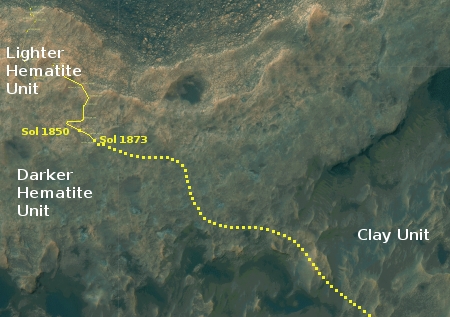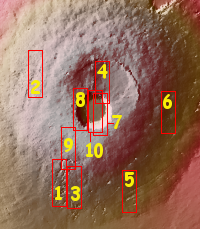Rocket Lab prepares for second test launch of Electron rocket
Capitalism in space: Rocket Lab’s second test Electron rocket has arrived at the company’s New Zealand launch facility in preparation for the rocket’s second flight.
They hope after several weeks of check-out they will be able to announce a launch date. The launch, though intended entirely as a test, will still carry three commercial cubesats, which Rocket Lab hopes to place in orbit.
For the Google Lunar X-Prize contestant Moon Express this launch is critical. They must launch by the end of March to win the prize, and are dependent on Electron as their rocket.
Capitalism in space: Rocket Lab’s second test Electron rocket has arrived at the company’s New Zealand launch facility in preparation for the rocket’s second flight.
They hope after several weeks of check-out they will be able to announce a launch date. The launch, though intended entirely as a test, will still carry three commercial cubesats, which Rocket Lab hopes to place in orbit.
For the Google Lunar X-Prize contestant Moon Express this launch is critical. They must launch by the end of March to win the prize, and are dependent on Electron as their rocket.




